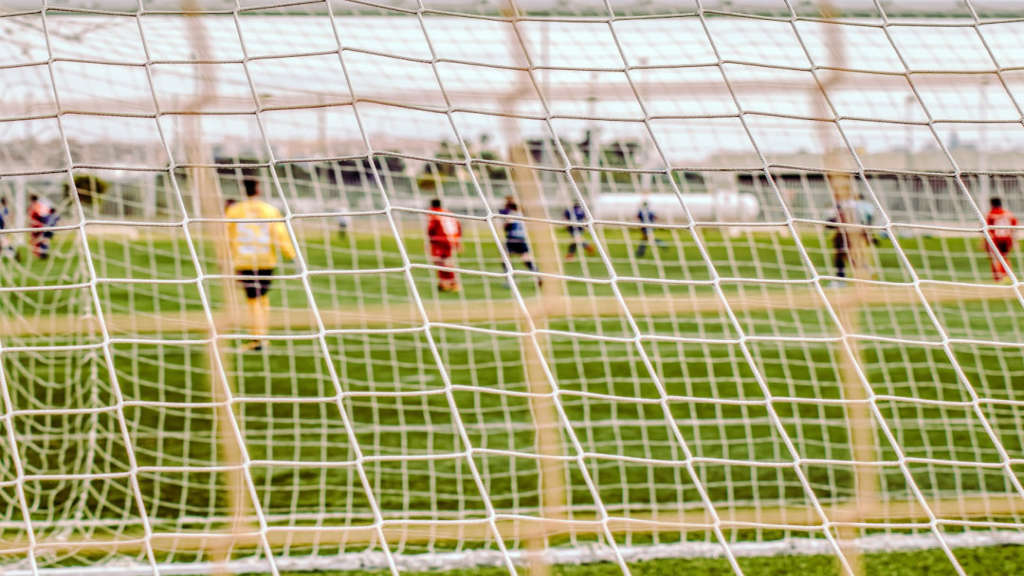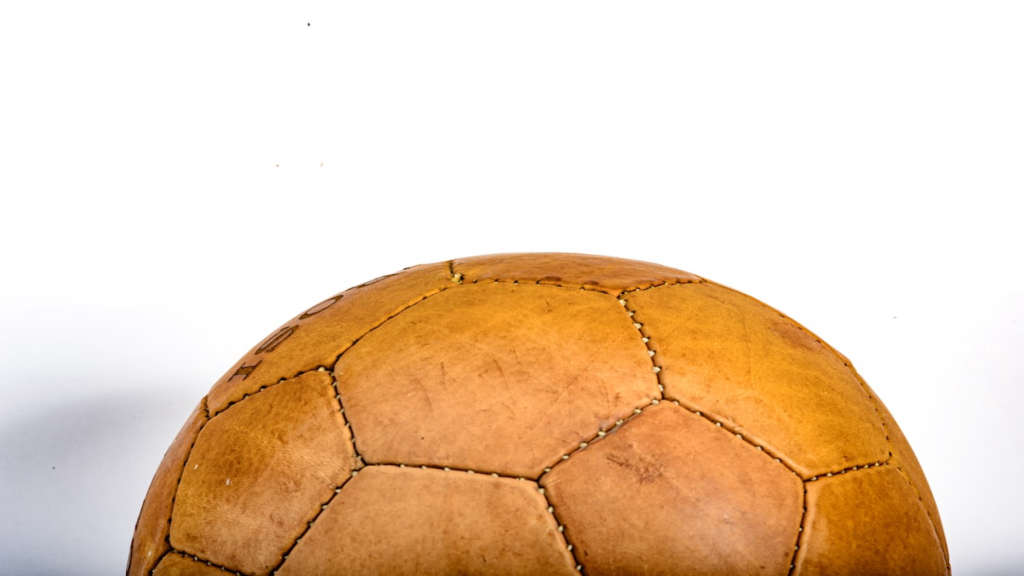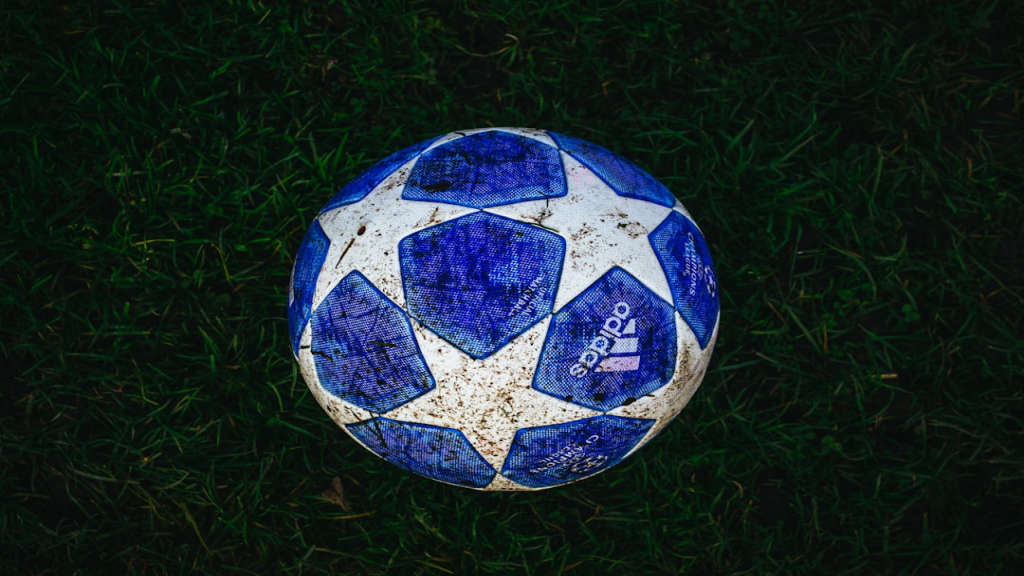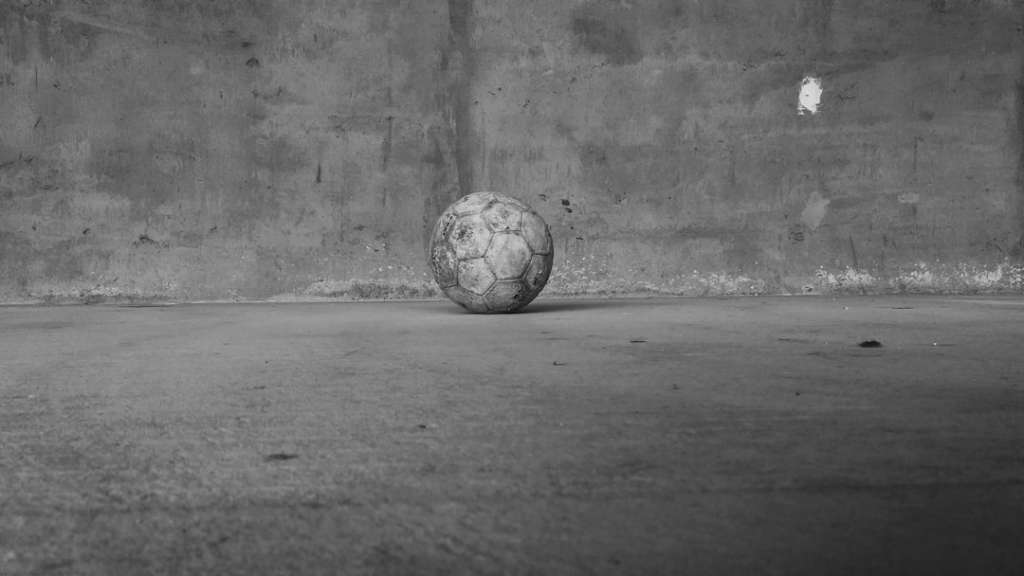
Learning how to kick a soccer ball effectively can transform your game. Whether you’re a beginner or looking to sharpen your skills, mastering this fundamental technique is essential. A well-placed kick can lead to thrilling goals or set up your teammates for success. This article will guide you through the key aspects of kicking, ensuring you understand the process and feel confident on the field. From selecting the right soccer ball to understanding foot placement, let’s dive into the important details that will elevate your performance.
Main Points
- Choosing the right soccer ball for your skill level.
- Understanding your foot positioning and how it affects the kick.
- Practicing various kicking techniques for improved accuracy.
- Utilizing proper body mechanics to enhance power and control.
Related content:
How to draw a soccer ball
How to Draw a Soccer Ball: Step-by-Step Guide for Beginners
Unraveling the Secrets: How Soccer Ball Design Influences Game Play

1. Understanding the Anatomy of a Soccer Kick
A soccer kick involves several intricate components that come together harmoniously. First, the correct stance is essential; it allows for balance and power. Then, the approach to the ball matters significantly. Players must be aware of the soccer ball placement and their own body posture. Finally, the follow-through is key; it determines the ball’s direction and speed.
- Stance: A good stance sets a solid foundation for balance and strength.
- Approach: A well-timed run-up enhances power and accuracy.
- Contact: Hitting the ball in the right spot affects its trajectory.
- Follow-through: Completing the kick ensures momentum and precision.
In essence, mastering these elements can elevate your game. Additionally, recognizing the differences in soccer ball designs, such as having the best soccer ball for training, is crucial. Knowledge of the soccer ball size guide aids in enhancing performance and skill development.
You Can Also Review These:
How to kick a soccer ball the right way… – YouTube
How to Kick a Soccer Ball: 10 Steps to the Perfect Kick – Gears Sports
2. Essential Footwear and Equipment for Optimal Kicking
When it comes to achieving the perfect kick, the right footwear and equipment are paramount. A well-fitted pair of soccer cleats not only enhances grip but also delivers the necessary traction on varied surfaces. However, selecting the ideal soccer ball—whether it’s for practice or honing skills—can be a puzzling decision. Brands vary and quality differs, especially when considering options like the soccer ball for kids. Delving into soccer ball reviews is crucial, as it helps in making informed choices.
Tips for Choosing Your Gear
| Item | Importance |
|---|---|
| Football Cleats | Enhance traction and stability |
| Soccer Ball | Impacts your kicking performance |
| Shin Guards | Protects against injuries |

3. Step-by-Step Guide to Executing a Proper Soccer Kick
Executing a proper soccer kick requires both technique and precision. Start by positioning your non-kicking foot beside the ball, ensuring you balance your weight. As you swing your kicking leg, focus on striking the ball with the laces of your boot. This enhances power and direction. Don’t forget to follow through; it’s crucial for maintaining accuracy. Practice with different soccer ball brands and utilize your soccer ball training equipment to refine your skills. Remember, repetition is key!

4. Common Mistakes to Avoid When Kicking a Soccer Ball
Kicking a soccer ball may seem straightforward, but many players make mistakes that hinder their performance. Firstly, improper foot placement can severely affect kick accuracy. You might find that tipping your toes too far out leads to inconsistency. Additionally, failing to follow through after the kick is crucial; it minimizes power and affects the ball’s trajectory.
Moreover, many novice players neglect to engage their core muscles. This fundamental aspect can enhance both stability and control. Keep these common pitfalls in mind:
- Incorrect Foot Position: Ensure that your non-kicking foot is placed beside the ball for balance.
- Insufficient Follow-Through: Always extend your kicking leg after contact to maximize power.
- Poor Core Engagement: Activate your core to maintain stability during the kick.
By recognizing and addressing these mistakes, you’ll undoubtedly improve your kicking accuracy and effectiveness on the field.
5. The Importance of Body Position and Balance in Kicking
Kicking is not just about power; it’s also about precision and timing. An athlete’s body position plays a significant role in determining the success of the kick. When a player maintains proper balance, they can deliver strikes with greater accuracy and effectiveness. However, many underestimate how crucial it is to align your body correctly. Ideally, one should face the target while distributing weight evenly. This way, even minor adjustments can lead to substantial improvements in performance.
Achieving Optimal Balance
Moreover, achieving optimal balance requires not just physical strength but also mental focus. Many kickers neglect this aspect, often overemphasizing raw power. It’s tempting to apply maximum force, yet without balance, effort is often wasted. So, as athletes practice, they must keep in mind that enhancing their balance can elevate their kicking game significantly. Ultimately, the synergy between body position and balance transforms a basic kick into an impressive strike.
6. Advanced Techniques for Power and Precision in Kicking
Kicking is a blend of technique, strength, and timing. To achieve remarkable power and precision, one must focus on foot placement and body mechanics. For instance, striking the ball with the laces rather than the toe can significantly enhance your accuracy and force. Many neglect the importance of proper stance, which can lead to inconsistent results. Remember, it’s not just about kicking harder; it’s about kicking smarter.
“Success is where preparation and opportunity meet.” – Bobby Unger
Key Components for Maximizing Kicking Performance
| Technique | Power | Precision |
|---|---|---|
| Foot Placement | Body Mechanics | Follow-through |
By focusing on these elements, you can refine your technique, amplify your strength, and improve your precision significantly. Thus, dedication to practice will yield incredible improvements, allowing you to kick with both power and accuracy.
7. Drills and Exercises to Improve Your Kicking Skills
Enhancing your kicking skills requires diligent practice and a thoughtful approach. Implementing targeted drills can yield significant results. Here are some effective exercises to incorporate into your training routine:
- Target Practice: Set up cones or targets at various distances. Aim to hit them consistently, focusing on accuracy.
- Foot Placement Drills: Work on your foot positioning by practicing kicks from different angles. This builds adaptability.
- Strength Training: Incorporate leg strengthening exercises, like squats, to improve power in your kicks.
- Balance Work: Use a balance board to strengthen your core, as it aids stability during your follow-through.
- Reactive Kicking: Practice kicking while receiving a pass to enhance your reaction time and fluidity.
- Distance Kicks: Regularly challenge yourself to kick from longer ranges, and monitor your progress.
- Review and Reflect: After each session, analyze your performance. Identify areas that require improvement.
By incorporating these drills into your training regimen, you can steadily refine your kicking technique. Remember, consistency is key. As you practice, stay focused on your goals, and don’t hesitate to adjust your methods when necessary. Each kick is an opportunity to learn and grow.
Conclusion
To effectively kick a soccer ball, practice and technique come together beautifully. Mastering your stance and follow-through can make all the difference on the field. Remember, it’s not just about power; precision is equally important. You can enhance your skills by focusing on your foot placement and body alignment. As you become more comfortable, experiment with different techniques to discover what works best for you. Ultimately, the joy of kicking a soccer ball lies in the freedom of expression it offers on the pitch. Embrace the process, enjoy each moment, and watch your confidence grow with every kick.
Frequently Asked Questions
What materials are soccer balls made from?
Soccer balls are typically made from synthetic leather, rubber, and foam. The outer layer is often made from polyurethane or PVC, providing durability and water resistance.
What size soccer ball should I use?
Soccer balls come in various sizes. Size 5 is the standard for adults and professional play, while size 4 is recommended for players aged 8 to 12, and size 3 is for children under 8.
How do I properly inflate a soccer ball?
You should use a pump with a pressure gauge, and inflate the ball to the recommended pressure, usually between 8.5 to 15.6 psi, depending on the size and type of the ball.
Can I use a soccer ball for other sports?
While soccer balls are designed specifically for soccer, they can be used for casual play in other sports. However, they are not suitable for sports that require different ball types, like basketball or volleyball.
How do I take care of my soccer ball?
To maintain your soccer ball, keep it out of extreme temperatures, avoid playing on rough surfaces, regularly check and maintain proper inflation, and clean it with a damp cloth to remove dirt.






